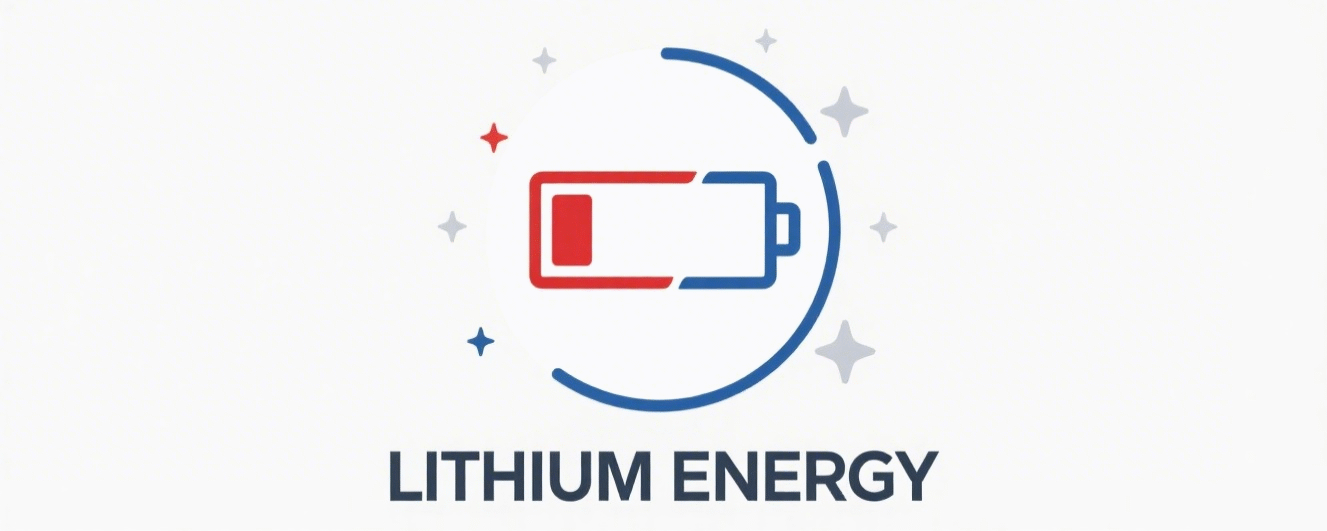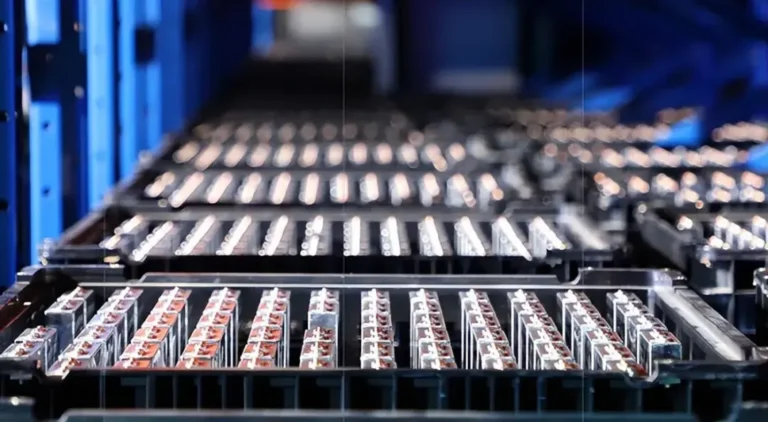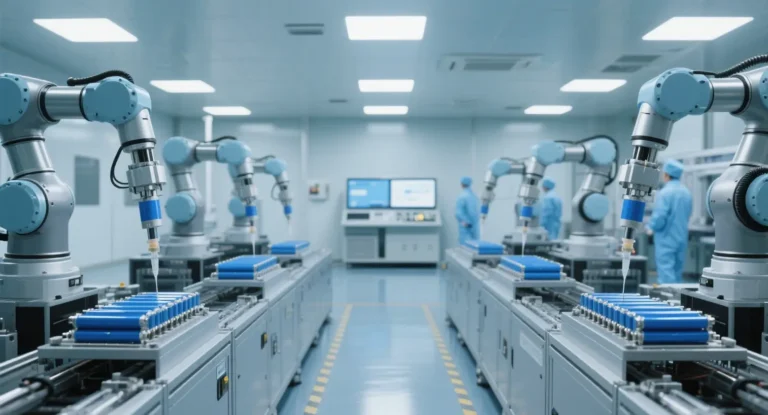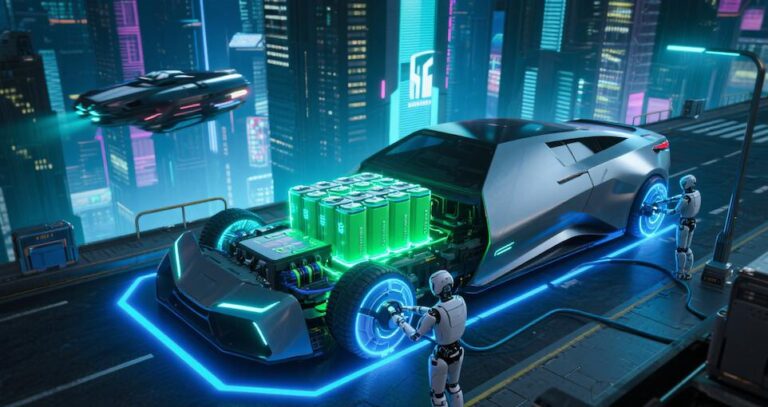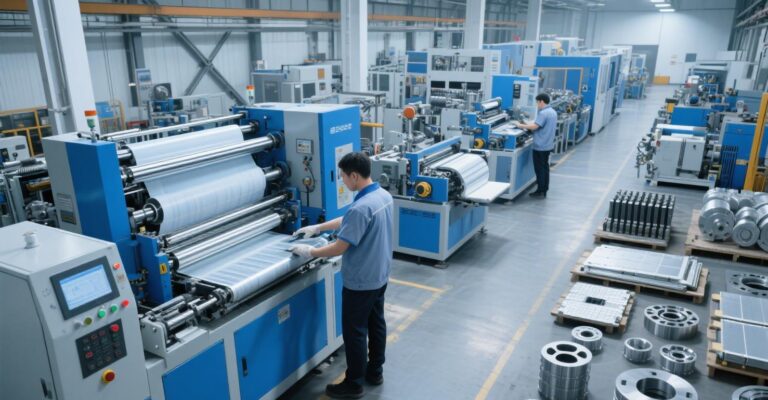China’s solid state battery technology in 2025
I. China’s solid-state battery technology route convergence: sulfide electrolyte “performance throne” and compromises
1. Four major routes of performance life and death situation
| Electrolyte type | Ion conductivity (25°C) | Thermal stability | Mass production challenges | representative company |
|---|---|---|---|---|
| sulfide | 10-20 mS/cm | >500℃ | Air sensitivity (humidity < 0.1 ppm) | CATL, Toyota |
| oxide | 0.1-1 mS/cm | >1000℃ | Interface rigid contact | Qingtao Energy, QuantumScape |
| polymer | 0.01-0.1 mS/cm | 150-200℃ | Low conductivity/high temperature failure | Feng Technology, SK On |
| halide | 1-3 mS/cm | >400℃ | hydrolysis sensitivity | Matsushita, Samsung SDI |
Sulfide wins the key:
Ionic Conductivity Crush: PhonoTech’s super fluid electrolyte reaches 57.36 mS/cm (5-6 times that of liquid electrolyte), cracking the impedance bottleneck of solid-state batteries;
Interfacial Adaptive Capability: Liquid-like fluidity realizes “soft contact” at the solid-solid interface, eliminating the need for external pressurized modules (traditional solutions require >10MPa).
2. Cost reduction path: from material to process revolution
Lithium sulfide mass production breakthrough:
- Liquid-phase method has significant cost advantage (traditional solid-phase method cost >3 million yuan/ton), Huasheng Lithium sent samples to Ningde Times to verify the purity;
- Shanghai Washba system separation method to achieve tons of mass production, 2025 H1 shipments over 2024 full year.
Dry electrode process:
- Pilot Intelligent coating precision ± 1μm (industry standard 10 times), yield from 35% → 82%, cost reduction core;
- Qingtao Energy dry process roller press equipment to reduce costs by 30%, boosting semi-solid-state batteries hit 100,000 yuan models.
II. Industrialization choke point: engineering divide and head-breaking solutions
1. Solid-solid interface: life and death from lab to mass production line
Contact failure: electrode expansion in
- cycles → interface stripping → impedance soaring (300%↑) → capacity diving;
Chinese solution:
- Ningde Times double cathode passivation coating: inhibit anode-electrolyte interface side reaction, cycle life increased to 1500 times;
- Ganfeng Lithium Artificial SEI Film (LiF/Li₃N Gradient Layer): solve lithium metal-negative electrode interface reaction, capacity retention rate >98.5%@2000 times.
2. Manufacturing cost: double yoke of equipment and materials
| cost item | Liquid lithium battery | Solid-state sulfur battery | gap | cost reduction path |
|---|---|---|---|---|
| electrolyte material | 5% | >50% | 10times | Liquid phase method Lithium sulfide + halide coating |
| Environmental control | none | 0.1 ppm humidity | newly added | Local argon gas protection replaces whole workshop |
| Investment in dry processing equipment | 120 million yuan/GWh | 350 million yuan/GWh | 192% | Xian Dao Intelligent’s localization plan reduces costs by 40% |
Engineer’s insight: All-solid-state battery mass production needs to cross the “triple valley of death” – interface engineering, air sensitivity, lithium metal anode scale.
III. Progress of Head Manufacturers: 2026-2030 Mass Production Race Heats Up
| company | technical approach | Key developments | mass production node | energy density |
|---|---|---|---|---|
| CATL | sulfide | 60Ah automotive-grade battery cells rolled off the production line and passed UN38.3 certification. | 2027 Demonstration Loading | 500Wh/kg |
| BYD | Sulfide composite | 20Ah pilot production launched, high-temperature fast charging verified | 2027 loading | 400Wh/kg |
| Qingtao Energy | Oxide + manganese-based cathode | SAIC MG4 semi-solid-state battery mass production (180Wh/kg)) | Mass production of all-solid-state batteries in 2026 | 350Wh/kg |
| Feng Technology | Polymer/sulfide parallel | Construction of a 0.2 GWh pilot production line, delivery of 60 Ah samples | 2026 GWh-level production line | 400Wh/kg |
| HuiNeng Technology | Superfluid inorganic electrolyte | French Dunkirk super factory gets environmental approval, set to start production in 2028 | 2028年 | 450Wh/kg |
Subversive breakthrough:
- Zhongxin Innovative Navigation “Boundless” Battery: 430Wh/kg sulfide core, 6C fast charging + 2000 cycles (2027 loading);
- LionGo new energy silicon-based anode: lithium-indium alloy network wrapped with silicon particles, capacity retention rate of -20℃>90%.
IV. Commercialization Rhythm: Semi-solid Transition and All-solid Endgame
1. Three stages of technology evolution
2025-2027: Semi-solid dominance –> High-nickel ternary + graphite anode|200-300Wh/kg –> 2027-2030: Quasi-solid breakthrough –> High-nickel/lithium-rich manganese-based + silicon-carbon anode|400Wh/kg –> 2030+: Full-solid endgame –> Lithium-metal anode + high-voltage positive electrode|500Wh/kg+.
2. Scene differentiation landing
Passenger car: semi-solid first (Qingtao+Shanghai Automobile MG4 model to verify the cost reduction path);
eVTOL/robotics: sulfide full-solid dominant (Vonergy’s second-generation eVTOL battery reaches 320Wh/kg);
energy storage: oxide route is the most cost-effective (Qingtao’s manganese-based anode reduces cost by 30%).
V. China’s Opportunity: From Technology Followers to Standard Definition
1. Vertical Integration Advantage of Industrial Chain
Equipment localization: Pilot Intelligent dry roll pressing equipment efficiency exceeds Japanese 220%;
Material innovation: Xiangtan Electrochemical manganese-based shield armor technology reduces cost by 30%, energy density 280Wh/kg.
2. Global standard right of speech
GB 44240 new national standard for energy storage: mandatory pinprick/overcharge test, forcing safety technology upgrade;
ISO sulfide toxicity threshold: China’s proposal to raise the testing standard by 1000 times, reshaping the international safety benchmark.
Conclusion: Industrialization is not a sprint, but a game of endurance and technical redundancy
When Ningde Times used 7 years to die in the sulfide interface engineering, when Qingtao borrowed manganese-based materials will be semi-solid into the 100,000 yuan market – China’s solid-state battery chances of winning, hidden in the “engineering capability” and “cost control gene “Double helix.
The Ultimate Rule:
Full Solid State Battery Mass Production = Material Innovation × Equipment Precision × Process Know-How
The Answer for China’s Industry = Lithium Sulfide Liquid-Phase Method (Cost Reduction) × Dry Electrode (Efficiency Improvement) × Artificial SEI (Life Extension)
Data prediction: global solid state demand of 100GWh in 2030, China will contribute 60% of the capacity, of which the sulfide route accounts for more than 70%.
